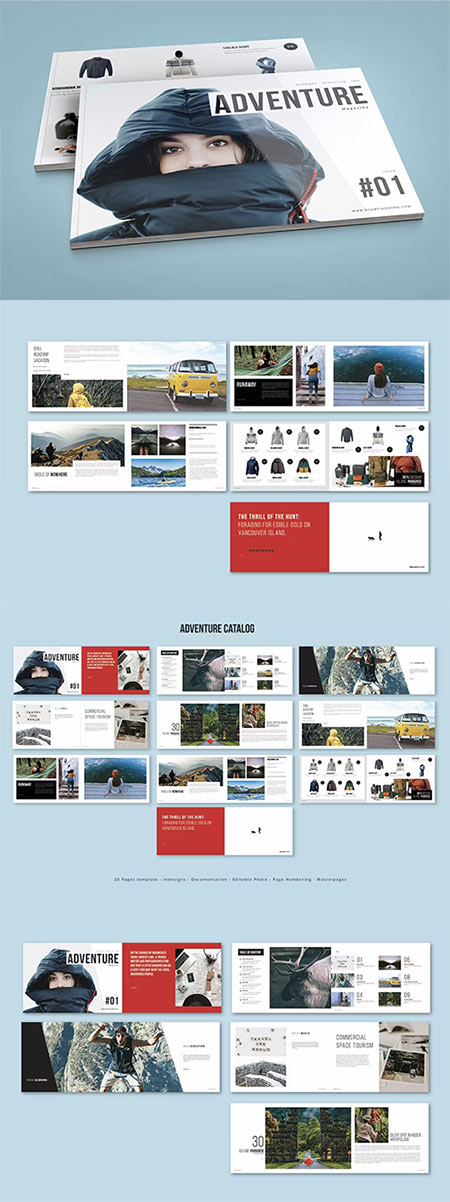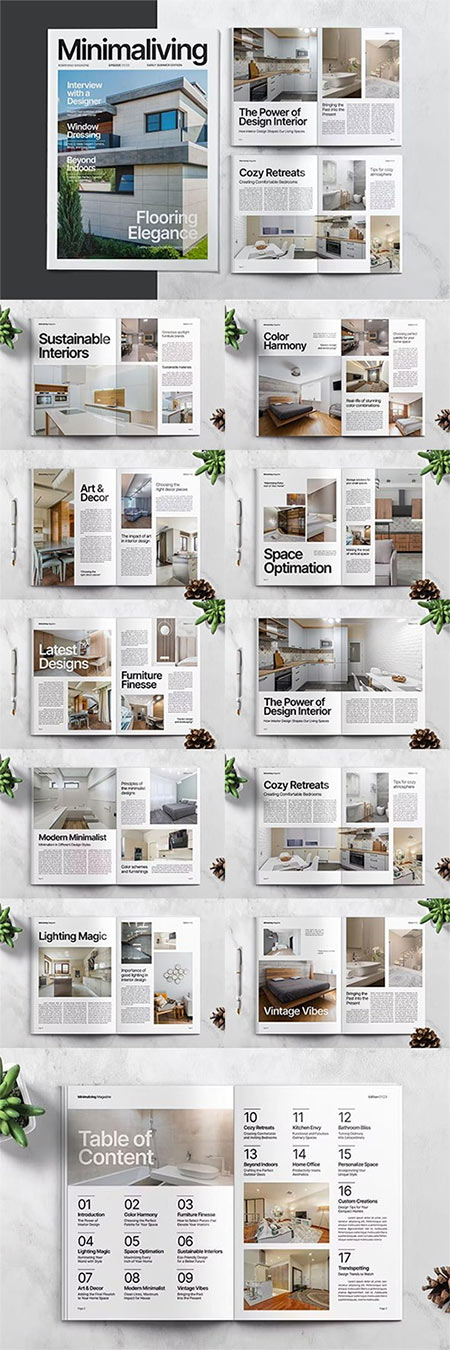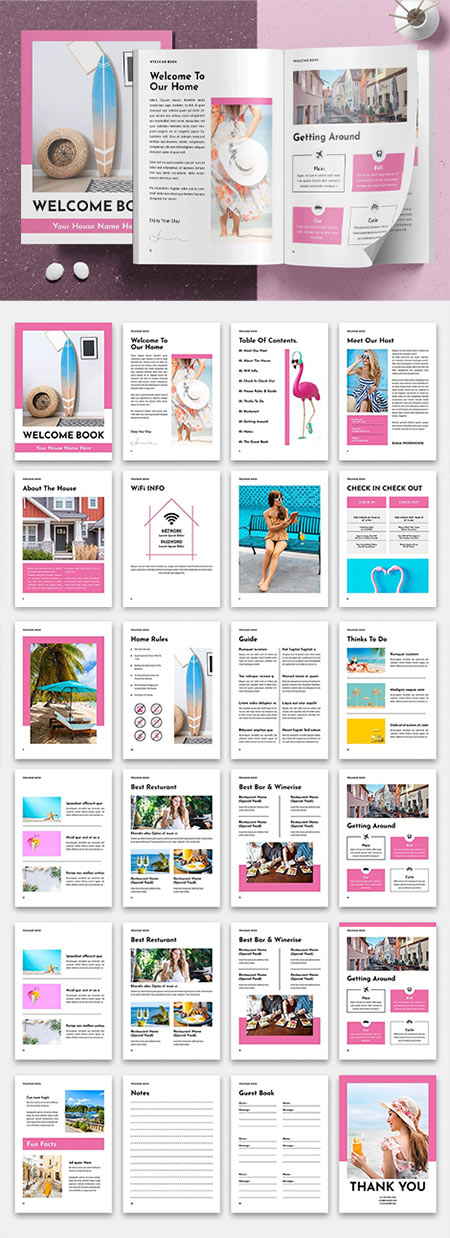
Fashion Photography Catalog / Brochure 10277338
InDesign INDD | 2 sizes: A4 and US Letter | 24 pages | 5.62 MB
|

Fashion Lookbook 19113727
US Letter Size | 20 Custom Pages | InDesign Template | 716 KB
|

Magazine Template 13743606
Indd (InDesign format) | Idml (InDesign format) | 25 unique pages | Size A4 (210x297) | 16.6 MB
|

Multipurpose Photo Magazine - A4 & US Letter 19587429
PSD | Print Dimensions:210x297 | 52 MB
|

Times Magazine
INDD | 210(w) x 297(h) cm | 1.52 MB
|

Brochure Catalog E542D9
INDD, IDML | 20 Pages | 682 KB
|

Multipurpose Interior Catologue
INDD | 40 Pages | 11(w) x 8(h) in | 1.27 MB
|

Landscape Product Catalog / Brochure
INDD | 8(w) x 11(h) in | 14 MB
|

Interior Magazine Template EUD2E4M
INDD | 20+ unique pages | A4 & US Letter format | 300 dpi | 1.55 MB
|

Welcome Book Magazine Template 42202470
Compatible With InDesign (INDD) | 983 KB
|
« 1 2 ... 10 11 12 13 14 ... 39 40 » |
Дизайн журналов и каталогов - это искусство визуальной коммуникации, требующее не только креативности, но и глубокого понимания целевой аудитории, психологии восприятия и современных трендов. Хороший дизайн должен мгновенно привлекать внимание, четко передавать сообщение и побуждать к действию, будь то чтение статьи или покупка продукта. Важным аспектом является создание гармоничной иерархии элементов, где текст, изображения и графика работают вместе, усиливая друг друга.
При разработке дизайна учитывается множество факторов: формат издания, тип бумаги, стиль шрифтов, цветовая палитра, расположение элементов и способ их взаимодействия. Необходимо создать уникальный визуальный язык, который будет соответствовать бренду и тематике издания. Важную роль играет сетка, которая определяет структуру страниц и помогает создать ощущение порядка и организованности. Тщательно подобранные изображения и иллюстрации должны не только быть эстетически привлекательными, но и поддерживать текст, усиливая его воздействие на читателя.












